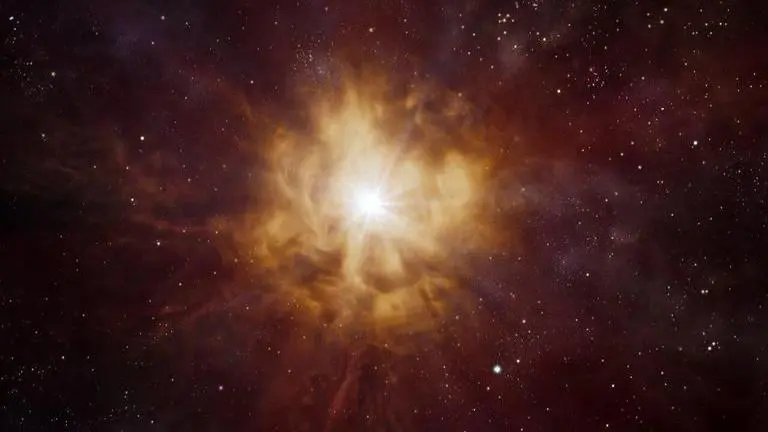Updated 5 November 2021 at 18:01 IST
ALMA telescope detects element found in our teeth in a galaxy 12 billion light-years away
Astronomers, using the ALMA telescope, detected the presence of fluorine in a galaxy named, NGP–190387, over 12 billion light-years from Earth.
- Science News
- 3 min read

It would be fair to dedicate this week to groundbreaking discoveries as astronomers, for the very first time, have detected the presence of fluorine in a galaxy named, NGP–190387, over 12 billion light-years from Earth. The finding is significant as fluorine is an element that is found in our teeth and bones, and scientists believe that it is shedding light on how fluorine is forged in the universe. Astronomers were able to detect the element at such an unimaginable distance using the Atacama Large Millimeter/submillimeter Array (ALMA) telescope, just a day after they confirmed the presence of water in a massive early galaxy.
5. The discovery in NGP–190387 marks one of the first detections of fluorine beyond the Milky Way and its neighbouring galaxies. Never before had this element been observed in a star-forming galaxy so early in the history of the Universe.
— ESO (@ESO) November 4, 2021
"We all know about fluorine because the toothpaste we use every day contains it in the form of fluoride,” says UK-based University of Hertfordshire's Maximilien Franco, who also led the new study, published today in Nature Astronomy. "Like most elements around us, fluorine is created inside stars but, until now, we did not know exactly how this element was produced. “We did not even know which type of stars produced the majority of fluorine in the Universe," he added, as per an official release.
Originally discovered with the European Space Agency’s (ESA) Herschel Space Observatory, the NGP–190387 was later observed by the ALMA telescope. Since the galaxy was exceptionally bright, Franco and his collaborators, spotted the faint radiation emitted billions of years ago by the fluorine in NGP–190387.
A blast from the past
While the discovery definitely is new, Franco and his collaborators spotted fluorine, in the form of hydrogen fluoride, in a form when the universe was only 1.4 billion years old, about 10% of its current age. Astronomers say this detection implies that the stars that created fluorine must have lived and died quickly since stars expel the elements they form in their cores as they reach the end of their lives. It is believed that the production sites of fluorine were most likely the Wolf–Rayet stars, which according to the experts are "very massive stars that live only a few million years, a blink of the eye in the Universe’s history".
Advertisement
4/ They believe that Wolf–Rayet stars, very massive stars that live only a few million years, a blink of the eye in the Universe’s history, are the most likely production sites of fluorine.
— ESO (@ESO) November 4, 2021
Illustration credit: @ESO /L. Calçada pic.twitter.com/ph91FuN2Dh
These stars were earlier being considered possible sources of cosmic fluorine, but astronomers did not know until now how important they were in producing this element in the early Universe. Joking about the discovery, Franco said, "We have shown that Wolf–Rayet stars, which are among the most massive stars known and can explode violently as they reach the end of their lives, help us, in a way, to maintain good dental health."
Chentao Yang, an ESO associate in Chile said, "With the ELT, we will be able to observe NGP–190387 through the direct light of stars, gaining crucial information on the stellar content of this galaxy." Although this isn't the first time when the ALMA telescope opened new pathways for scientific discoveries as recently it discovered the first water molecules in the SPT0311-58 galaxy located 12.8 billion light-years from our planet.
Advertisement
(Image: Twitter/@ESO)
Published By : Harsh Vardhan
Published On: 5 November 2021 at 18:01 IST
